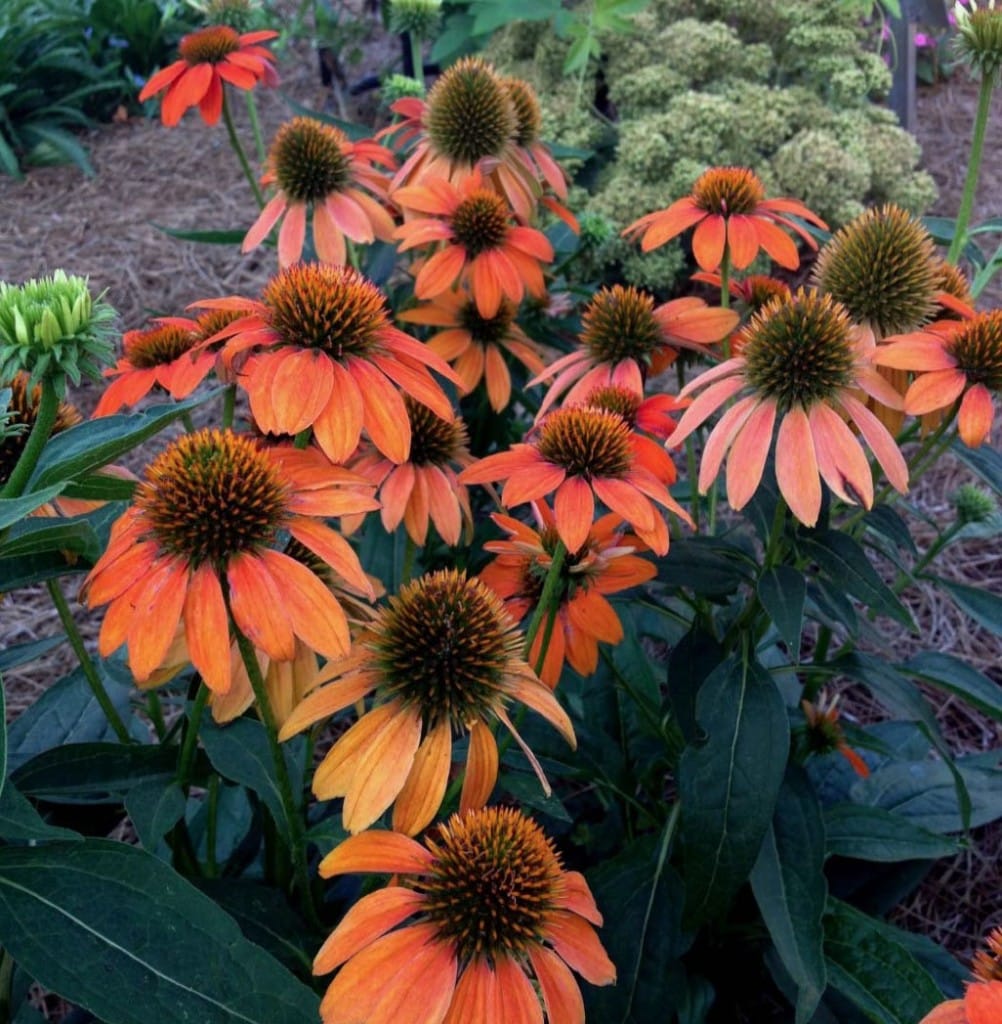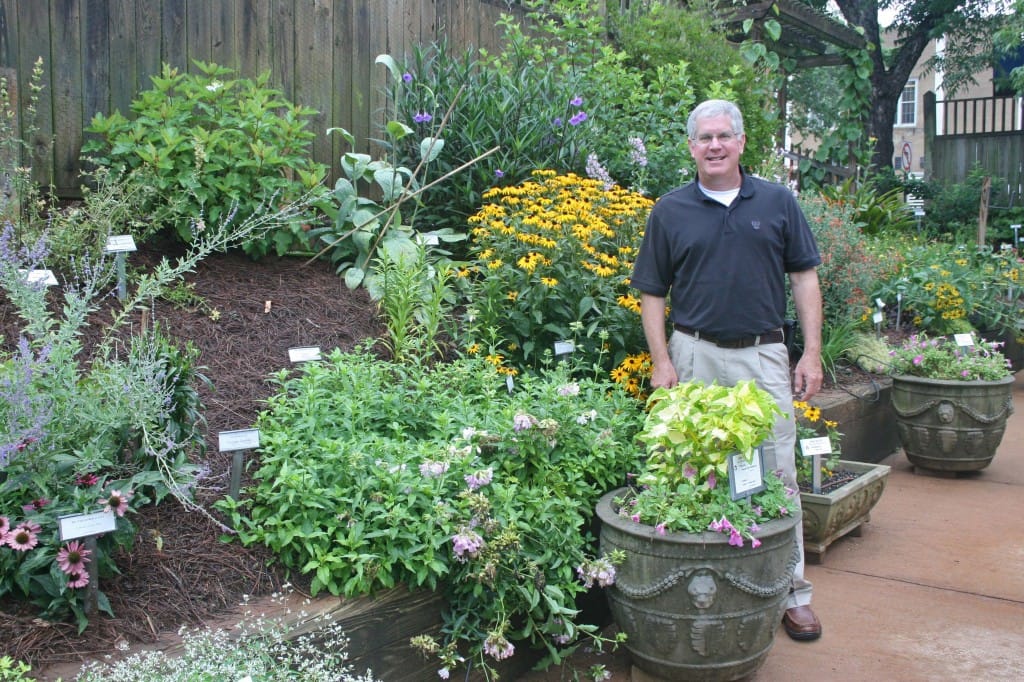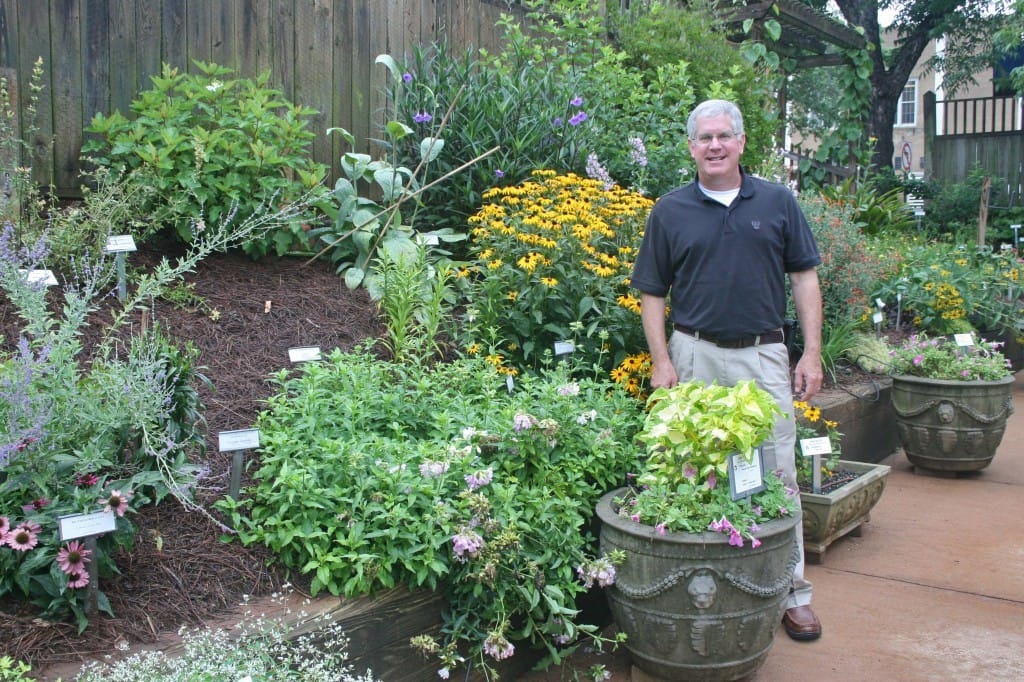Merritt Melancon, News Editor with the UGA College of Agricultural and Environmental Sciences
John Ruter, Director of The Trial Gardens at the University of Georgia and Professor of Horticulture at UGA
See original article with photos here.
Each summer the staff of The Trial Gardens at UGA selects an all-star team of plants that performed spectacularly well during the growing season.
“These Classic City Award winners are the very best plants in the trial gardens, based on year-round performance and/or eye-clutching beauty,” said John Ruter, University of Georgia horticulture professor and the gardens’ director. “We raise thousands of plants each year, and these are the best of the best.”
Since 1982, The Trial Gardens at UGA have been used as a literal testing ground for plants from around the world. By evaluating new selections of annuals and perennials, the Trial Gardens’ staff helps introduce new plants to the Southeast’s green industry and the general public.
The Trial Gardens’ plant evaluations are respected across the globe. Commercial nurseries depend on the staff’s recommendations to determine what they will grow for sale the following season.
Many of the Classic City Award-winning plants are available for sale now, but others will be available through nurseries next season. Gardeners should ask their local nurseries to stock them.
For more information about the Trial Gardens and this year’s trial results, visit ugatrial.hort.uga.edu.
2014 Classic City Award Winners (Commentary provided by trial supervisor Meg Green and gardens’ director John Ruter)
- ‘Archangel Dark Rose’ Angelonia– Ball FloraPlant “This Angelonia stood out amongst the others. It started out early by out-blooming its competitors and has remained strong through the hottest temperatures. The plants are compact and sturdy.”
- Calibrachoa ‘Superbells® Frostfire’ “Our Calibrachoas were a bit slow to bloom in early summer, however, once the flowering began, it was profuse. ‘Superbells Frostfire’ has outshone other Calibrachoas, producing countless white flowers with a yellow eye. These plants remained compact while other Calibrachoas became spindly and scraggly late in the summer.”
- Catharanthus Cora™ Series “We had 14 colors of the Cora series of Catharanthus this summer and every one of them performed outstandingly. The plants were consistent in height and floriferousness. All tolerated the heat, humidity and irregular rains quite well.”
- Coreopsis ‘Sunshine Suzie’ “‘Sunshine Suzie’ is not a loud plant that begs for attention, but more of a quiet surprise. The plants were compact but airy, and were constantly in nickel-sized, yellow flowers. Month after month, ‘Sunshine Suzie’ excelled in our climate.”
- Echinacea ‘Sombrero™ Adobe Orange’ “‘Sombrero Adobe Orange’ has completely wowed us with its extraordinary beauty. The plants produced numerous large, bright orange, cone-shaped flowers. This cultivar bloomed longer than any Echinacea we have grown ever.”
- Euphorbia ‘Star Dust Super Flash’ “Over the years, the Euphorbias have performed well in our garden. ‘Star Dust Super Flash’ outperformed the others this summer. Countless small, white flowers covered the compact plants from April through October. The plants were well behaved, not falling over, nor infringing on their neighbors.”
- Impatiens Bounce Pink Flame “This year was a great one for our New Guinea Impatiens. So many cultivars performed extraordinarily well, including the series ‘Big Bounce’ and ‘Bounce.’ In particular, ‘Bounce Pink Flame’ grew tall, but never lodged (or bent).”
- Heliopsis ‘Sunstruck’ “‘Sunstruck’ Heliopsis grew to a mere 6 inches in height. Its leaves are variegated and they accentuate the large, yellow flowers well. These plants withstood our heat and humidity and performed beautifully.”
- Hibiscus ‘Royal Gems’ “‘Royal Gems’ Hibiscus has been in our garden for several years and it has impressed us this long. The plants resist the insects that decimate many other Hibiscuses. ‘Royal Gems’ produces giant, deep rosy-pink blossoms for several weeks throughout summer. Its foliage remains a healthy, lush green until frost.”
- Lobularia ‘Bicolor Pink Stream™’ “Month after month, ‘Bicolor Pink Stream’ displayed its beauty and perfumed its environment, never surrendering to the Georgia heat. This Alyssum is truly an extraordinary cultivar.”
- Pelargonium ‘Glitterati™ Ice Queen’ “‘Glitterati™ Ice Queen’ was grown in hanging baskets in our garden where they thrived in the hot, blazing sun. The variegated leaves did not brown in the sun, but remained healthy all summer. This geranium produced numerous orange-red blooms that were evenly distributed throughout the plants, thus creating a lovely, mounding appearance.”
- Petunia ‘Supertunia® Morning Glory Charm’ “Petunia ‘Supertunia Morning Glory Charm’ performed perfectly through the hot summer. It quickly formed a mound of small, violet blooms with a large, white eye. This petunia was loaded with so many small blooms, even in the hottest months of the summer. It never ceased to be a perfect sphere of violet with only bits of green visible.”
- Scaevola ‘Scalora Amethyst’ “This fan flower amazed us with its perfection throughout the summer. ‘Scalora Amethyst’ was another cultivar that was obviously a winner from early in the summer. The plants easily grew into a mat of blue blooms atop its foliage.”


